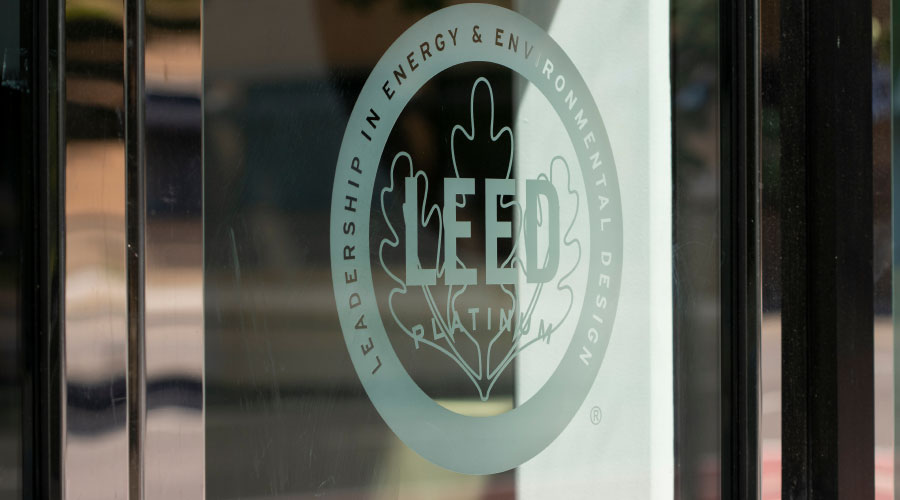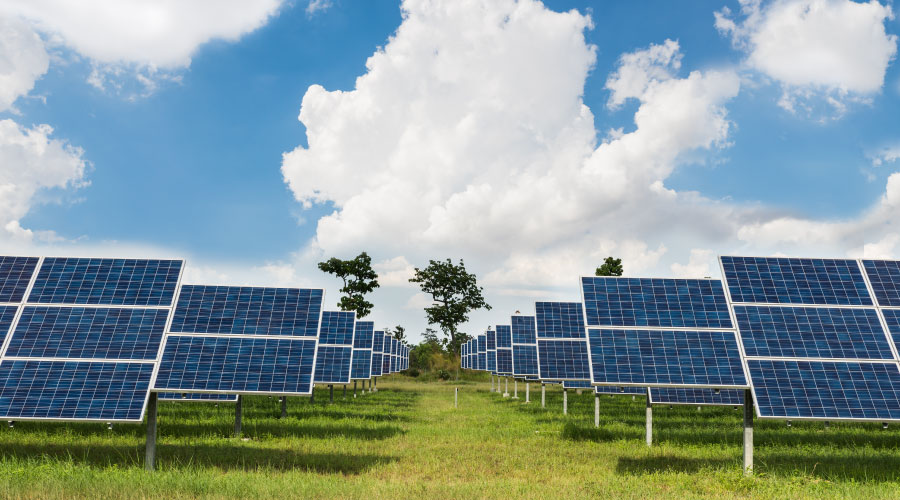Conduct Energy Efficiency Analysis Before Beginning Sustainable Campus Construction
After existing water and energy use benchmarks are established, the team can move forward with more project specific energy efficiency analysis. A "typical building" energy pie should be developed for the building's type and location to show what percentage of energy use can be expected in broad categories like heating, cooling, lighting, appliances, water heating, and plug loads. Design teams should demonstrate how various strategies may decrease energy use in these categories. Further analysis should review how a really efficient building could then achieve net zero energy through the use of on-site renewables. An evaluation of how many photovoltaic panels or on-site wind turbines would be required, including cost and square footage, should be performed.
On the water use side, the design team should provide a water balance evaluation. "Typical building" water use breakdown should include categories like irrigation, toilets, showers, HVAC equipment, and sinks. Again, the team should first show how more efficiencies could bring down the use of water. Next, an analysis should be performed to show how rainwater harvest, greywater reuse, or blackwater treatment can be balanced with potable water use required by the project.
Building materials are another important component to address. Prioritizing regional materials reduces the building products' carbon footprints and supports regional jobs. Simple durable materials are typically easier to maintain and less likely to have manufacturer recommendations for harsh chemical cleaners. Emphasizing healthy materials shows students and faculty that the institution prioritizes the health of its population; work with the team to utilize the growing momentum in building material ingredient transparency including innovative databases like Pharos, building ingredient labels like Declare, and standards for building ingredient listing like HPD (Health Product Declarations).
Selecting a Designer
It's important for administrators, planners and facility managers to understand the process of choosing an architectural team for a sustainable higher education project. As well, facility managers need to know how to work together with this firm to arrive at the right plan for the sustainable facility. This will help ensure that the finished product will integrate well with the other campus buildings, whether they exist now or may be built or sustainably renovated in the future.
The first step in choosing a design firm is to look for experience in both sustainability and in designing for higher education. Look for firms that have signed onto the AIA 2030 Commitment; this commitment requires firm sustainability planning and annual reporting of designed energy use for their projects.
Ask firms to detail their experience with green building certifications like LEED, Earth Advantage Commercial, or Living Buildings Challenge. An experienced team can help decide whether or not to pursue third party green building certification.
Top 5 Greenest College Campuses
1. The College of the Atlantic
2. Oberlin College
3. Harvard University
4. University of New Hampshire
5. Stanford University
Source: www.greenerideal.com
|
Related Topics:














